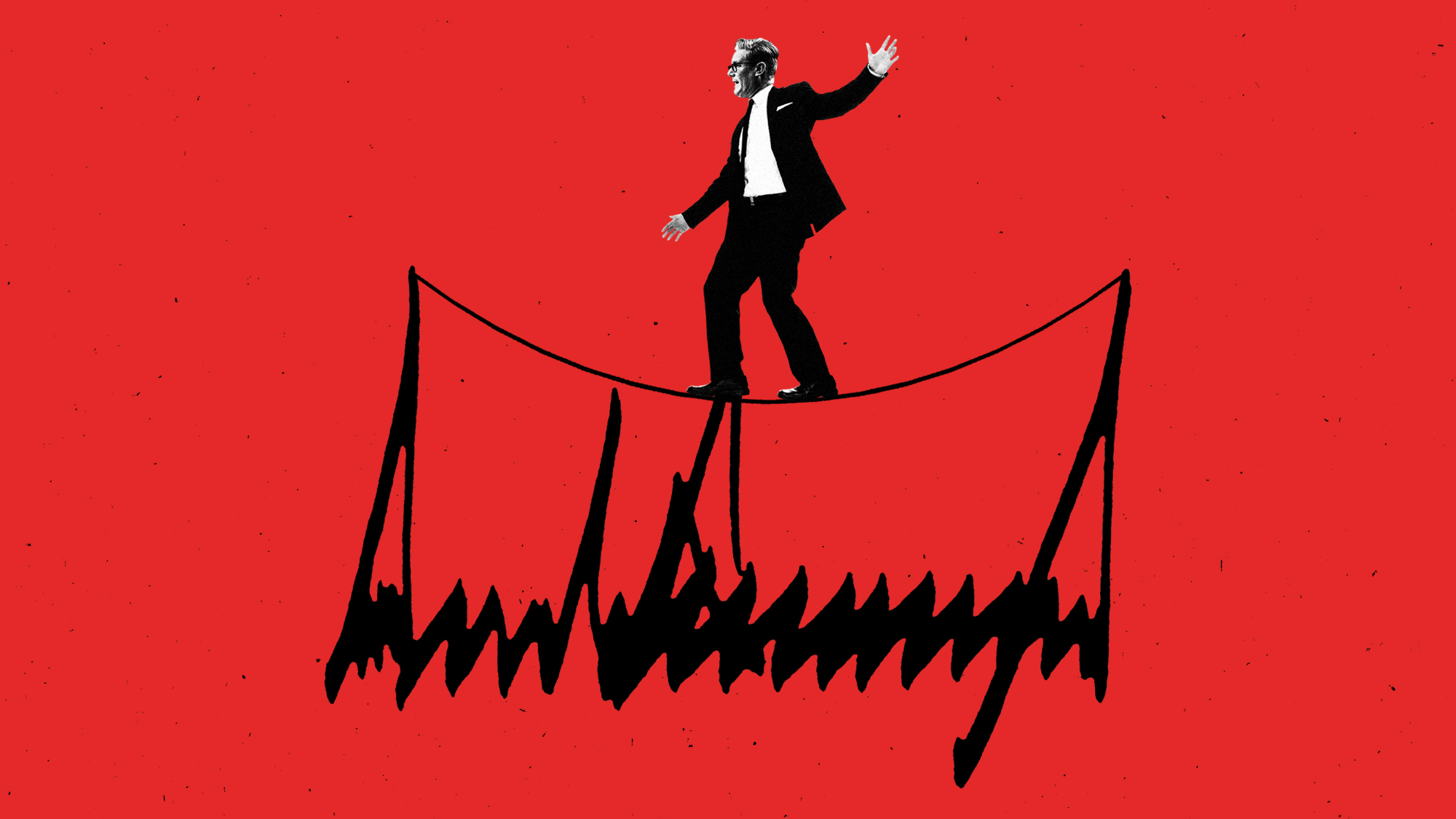Exhibition of the week
© Murakami
Exhibition of the week
© Murakami
Geffen Contemporary at MOCA, Los Angeles
The Week
Escape your echo chamber. Get the facts behind the news, plus analysis from multiple perspectives.

Sign up for The Week's Free Newsletters
From our morning news briefing to a weekly Good News Newsletter, get the best of The Week delivered directly to your inbox.
From our morning news briefing to a weekly Good News Newsletter, get the best of The Week delivered directly to your inbox.
Through Feb. 11, 2008
Takashi Murakami has given his “eye-popping exhibition” an odd name, said Jim Farber in the Los Angeles Daily News. “While it may seem a little thing, that © symbol speaks volumes about the aura of bigbucks commercialism” that surrounds the artist’s retrospective. Boldly fusing Japanese pop culture and postmodern art theory into highpriced art and high-end fashion, “Murakami is Japan’s answer to Andy Warhol and Walt Disney,” though he’s more sex-obsessed than either. Best known for his dreamy, gaudy “superflat” paintings, he has more recently been creating metallic sculptures painted in bright cartoon colors, such as Miss Ko2 (1996). “With her oversize cartoon eyes, bodice-busting breasts, and showgirl legs, she personifies the Japanese obsession with nymphet sex goddesses.” Murakami also designs high-fashion items for Louis Vuitton, and almost 500 collectible consumer objects are displayed here alongside the 100 or so paintings, sculptures, and videos. In fact, there’s a “fully functioning Louis Vuitton store” incorporated directly into the exhibition. The idea of a museum exhibition where some items are for sale has scandalized some critics, said Christopher Knight in the Los Angeles Times. But, I don’t see the problem. It’s all part of Murakami’s goal to scramble all distinctions between art and commerce, East and West, Japanese culture and American. Though this retrospective certainly reinforces the artist’s colossal importance to contemporary art and fashion, it’s a bit overwhelming. The galleries overflow with candy-colored paintings of anime characters, metallic sexbots, and “a topiary sculpture whose flowery tendrils reached 13 feet in the air.” The effect is like “Chuck E. Cheese for grown-ups.” © Murakami is overstuffed with several undeniable masterpieces and plenty of food for thought, but Murakami’s high-energy artworks can, “in this colossal quantity, become wearing.” Murakami clearly is at the pinnacle of artworld success and popularity, said Bruce Wallace, also in the Los Angeles Times. The question is, where can he go from here? His art resonates with those born in the Cold War era and weaned on puerile pop culture. Does it speak to the “digital age” and to a “generation largely ignorant about the cultural upheavals of the postwar period?” Murakami now seems conservative, turning out 17-foot-high Buddhas (which may or may not also serve as self-portraits). “Yet few are about to write Murakami off as irrelevant,” and if © Murakami proves anything, it’s that you never know where he might go next.
A free daily email with the biggest news stories of the day – and the best features from TheWeek.com
-
 Political cartoons for January 19
Political cartoons for January 19Cartoons Monday's political cartoons include Greenland tariffs, fighting the Fed, and more
-
 Spain’s deadly high-speed train crash
Spain’s deadly high-speed train crashThe Explainer The country experienced its worst rail accident since 2013, with the death toll of 39 ‘not yet final’
-
 Can Starmer continue to walk the Trump tightrope?
Can Starmer continue to walk the Trump tightrope?Today's Big Question PM condemns US tariff threat but is less confrontational than some European allies
-
If/Then
feature Tony-winning Idina Menzel “looks and sounds sensational” in a role tailored to her talents.
-
Rocky
feature It’s a wonder that this Rocky ever reaches the top of the steps.
-
Love and Information
feature Leave it to Caryl Churchill to create a play that “so ingeniously mirrors our age of the splintered attention span.”
-
The Bridges of Madison County
feature Jason Robert Brown’s “richly melodic” score is “one of Broadway’s best in the last decade.”
-
Outside Mullingar
feature John Patrick Shanley’s “charmer of a play” isn’t for cynics.
-
The Night Alive
feature Conor McPherson “has a singular gift for making the ordinary glow with an extra dimension.”
-
No Man’s Land
feature The futility of all conversation has been, paradoxically, the subject of “some of the best dialogue ever written.”
-
The Commons of Pensacola
feature Stage and screen actress Amanda Peet's playwriting debut is a “witty and affecting” domestic drama.